The Swan is a large waterfowl in the Anatidae family. These birds are generally quite large, with long curved necks. They share a family with the smaller ducks and geese, though they are more closely related to geese than they are to ducks.
There are six different species of Swans including the mute Swan, Tundra Swan, Black Swan, Trumpeter Swan, Black-Necked Swan, and the Whooper Swan. Read on to learn about the Swan.
Description of the Swan
Swans are the largest members of the Anatidae family, and the largest Swan species is the Trumpeter Swan. At their largest, their wingspan grows up to 10 ft. across. They also weigh up to 30 lbs. at their largest, though most weigh around 15 lbs. or so.
These large birds also have incredibly long necks, which they often curve to rest on their backs while swimming. Some species are white, while others are black, off-white, or black and white.
Interesting Facts About the Swan
Swans are undeniably large, graceful, and imposing birds. They are beautiful and often quite territorial as well. Learn more about these unique birds below.
- Battering Bird – A pair of nesting Swans is not something you want to contend with! Some species are more territorial and aggressive than others, but all species protect their young. These defensive birds rush at a potential threat and batter it with their wings or bite with their beaks.
- Ugly Duckling – Baby Swans, known as “cygnets,” are not born white. Most white species of are born gray, and they become white as they age.
- Monogamous Mates – Like many ducks and geese, Swans usually mate for life. A pair of these beautiful birds bonds strongly, and continues to mate with the same partner year after year. These birds do occasionally choose a different mate if their partner dies or they cannot produce offspring.
- High Speeds – Though these birds drift gracefully across the surface of lakes and ponds, they are more than capable of moving quickly. While they usually swim relatively slowly, they fly incredibly fast. In fact, some species can fly up to 60 miles per hour!
Habitat of the Swan
Swans are waterfowl, and rely very heavily on water bodies in their environment. They live in a variety of environments, including lakes, ponds, slow moving rivers and streams, wetlands, marshes, and more.
When nesting, these birds usually choose sites in close proximity to water. They nest on islands, reed beds, and in dense vegetation close to the edge of the water.
Distribution of the Swan
Different species live across many different continents worldwide. Even though there are only six species of these birds, they cover a huge area of distribution combined. They live across Europe and Asia, Australia and the surrounding islands, North America, Central America, and South America. Some species are more widespread than others, though many migrate long distances.
Diet of the Swan
Swans are usually herbivores, and feed primarily on plants and plant matter. They forage both in the water and on land. While they are in the water, they dabble by flipping upside down and using their long necks to reach for aquatic vegetation. On land they graze on grasses and other plants. These birds eat a variety of underwater plants, roots, leaves, shoots, and stems.
Swan and Human Interaction
Humans interact with these graceful birds fairly frequently. Sometimes Swans live in public parks, where they are occasionally aggressive towards humans when guarding their nests or young.
Humans destroy important habitat for some species, and this can result in population decline. Human impact varies from species to species, but the IUCN lists all Swan species as Least Concern at the moment because their populations are stable.
Domestication
Humans have domesticated or semi-domesticated Mute Swans. They breed these birds for meat, feathers, and simply as pets or ornaments on lakes and ponds. Domesticated Swans are more friendly than their wild counterparts.
Does the Swan Make a Good Pet
While we have domesticated some species, that doesn’t mean they are a good choice as a pet. For you to provide a proper home, the bird must have a partner, and a large water body to swim in. No wild Swan species makes a good pet, and it is illegal to capture, harass, or kill one.
Swan Care
Swans on farms, in zoos, and in parks all share one common need, a large lake or pond! These birds must have somewhere to swim and forage for food, even if you feed them pelleted feed.
Pelleted foods provide all the nutrients that they need, but they still need to swim and forage as they would in the wild. These birds also form pair bonds for life, and must have a partner or mate to live with.
Behavior of the Swan
Behavior varies from species to species and bird to bird. While some species are more docile, many are quite territorial and aggressive towards humans, other birds, and virtually anything.
They spend their days drifting across the water and dabbling for food, or walking on land and picking at the grass and plants. When they are breeding, Swans become very protective of their nests, mates, and cygnets.
Reproduction of the Swan
Most of these birds are monogamous, and breed with the same partner year after year. The pair builds a large nest, usually out of grasses, reeds, small branches, and vegetation. Females lay between four and seven eggs per clutch.
Depending on the species, incubation lasts anywhere from a month to a month and a half. The cygnets stay under the watchful eye of their parents until they are about a year old.
Beliefs, Superstitions, and Phobias About the Swan
These birds are present in many different cultures, artistic renditions, and even coins! The tale, “The Ugly Duckling,” is a famous story about an “ugly” duckling that grows into a beautiful Swan.
This is just one example of Swans in human culture. It is no surprise that these birds are readily adopted into human habitation, parks, and gardens because they are incredibly beautiful and graceful.



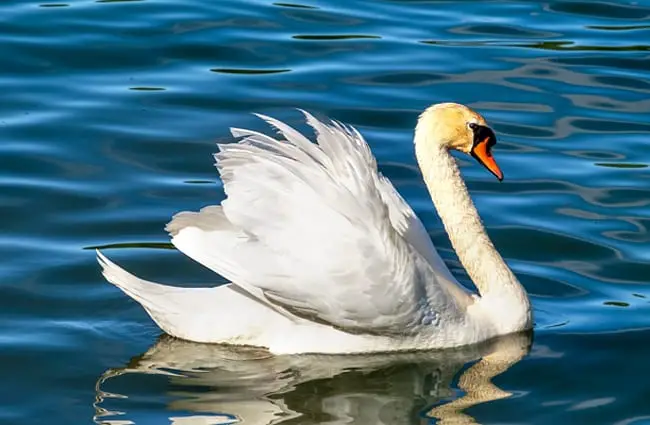
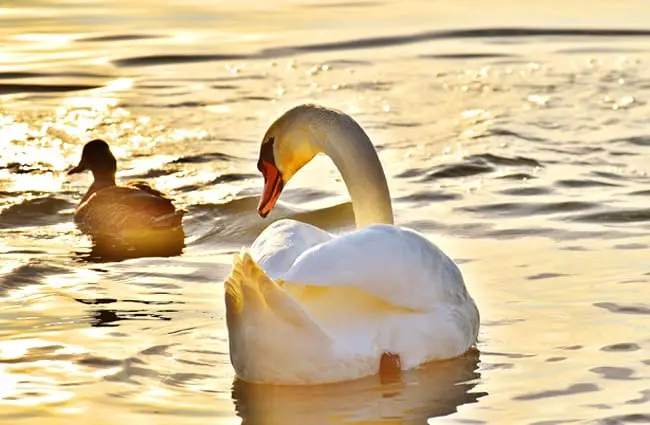
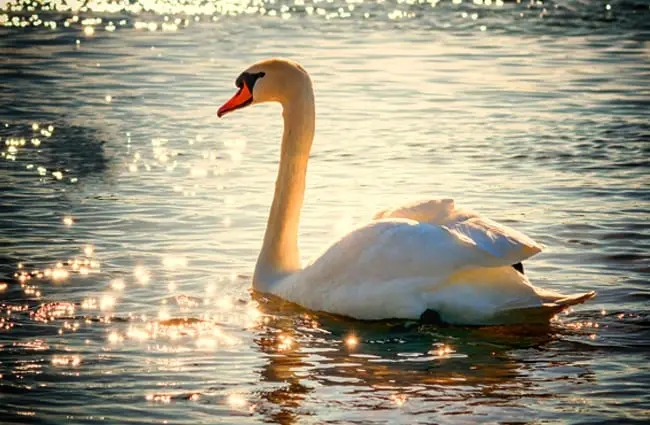
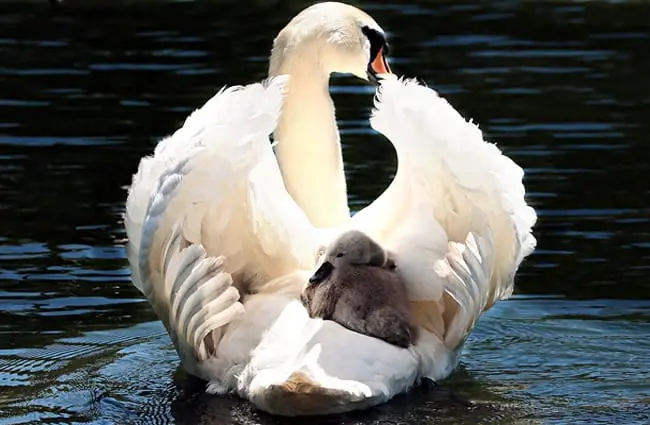
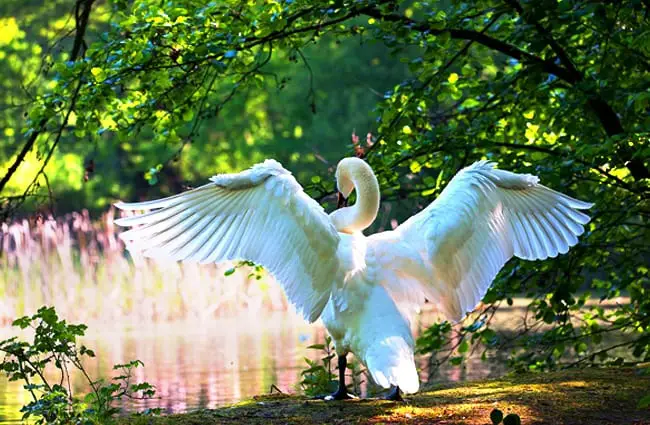
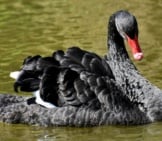
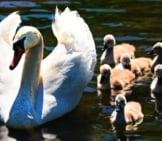
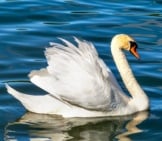
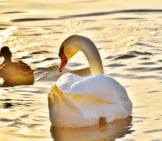
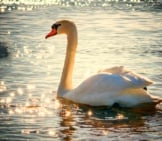
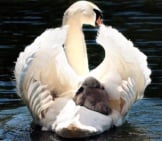

![Red Angus Closeup of a beautiful Red Angus cowPhoto by: U.S. Department of Agriculture [pubic domain]https://creativecommons.org/licenses/by/2.0/](https://animals.net/wp-content/uploads/2020/03/Red-Angus-4-238x178.jpg)












![Red Angus Closeup of a beautiful Red Angus cowPhoto by: U.S. Department of Agriculture [pubic domain]https://creativecommons.org/licenses/by/2.0/](https://animals.net/wp-content/uploads/2020/03/Red-Angus-4-100x75.jpg)

